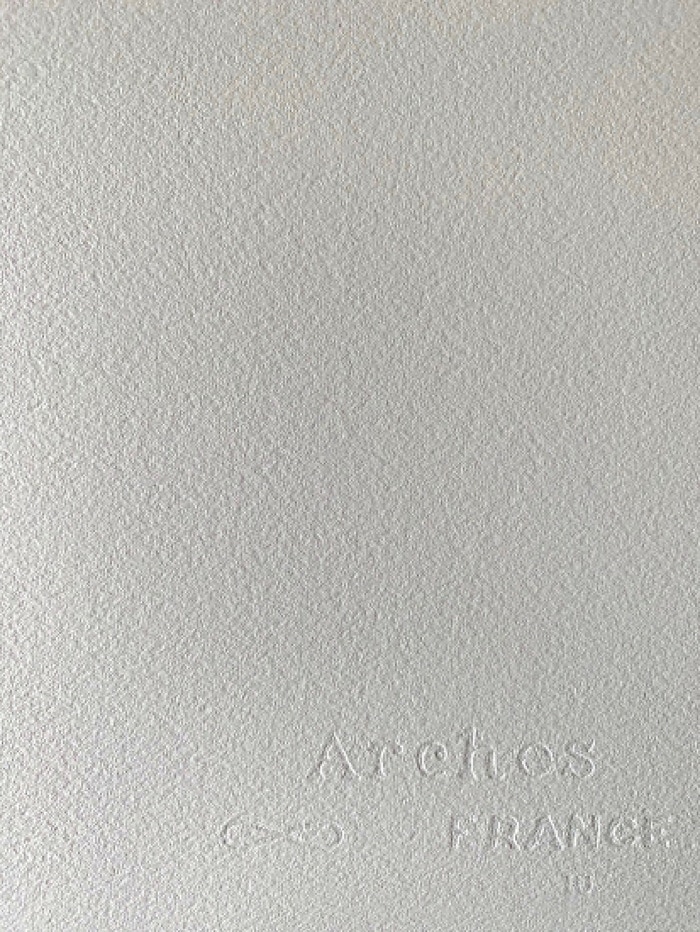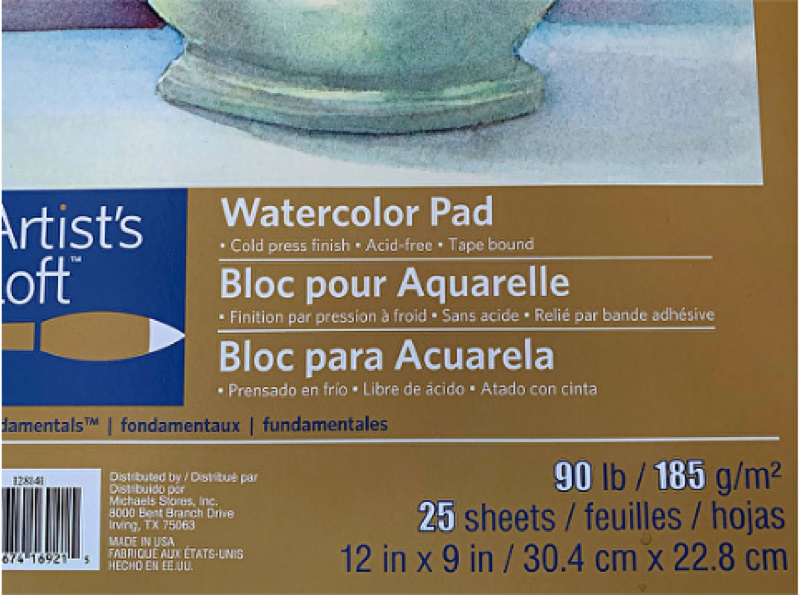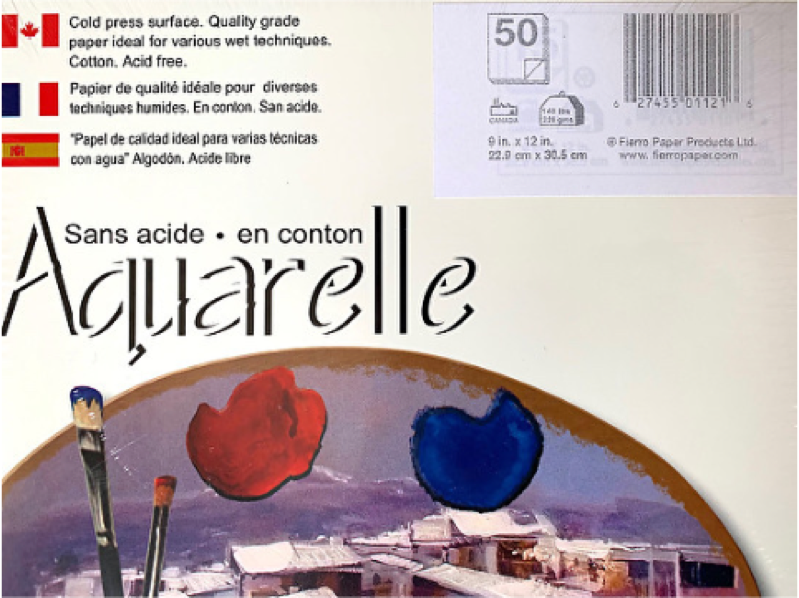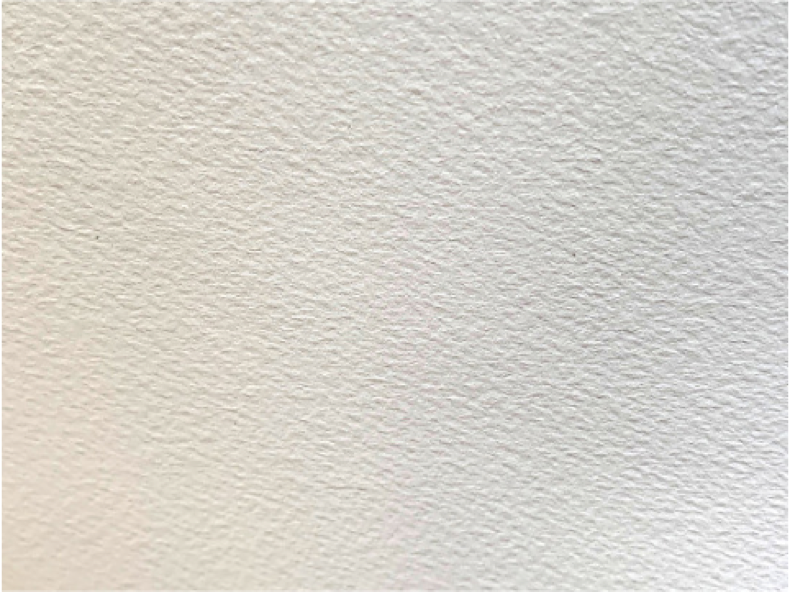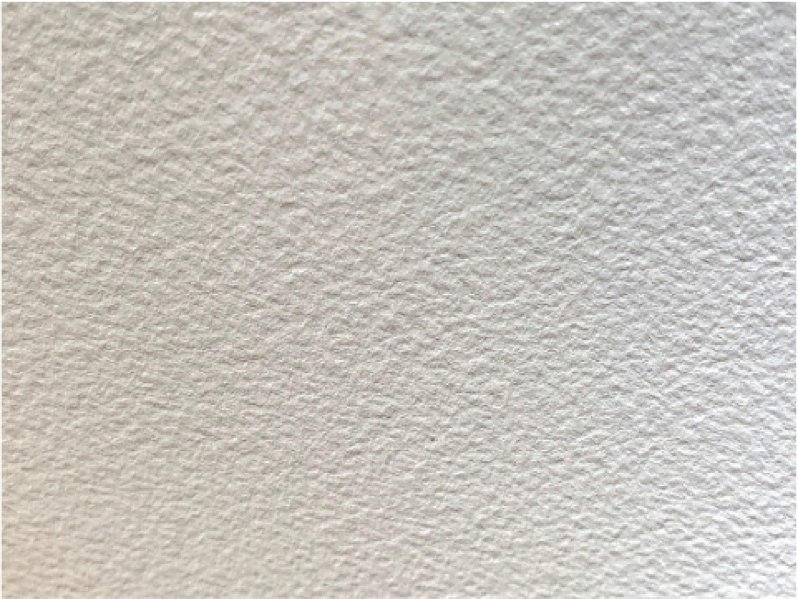Apr 5, 2019
For purposes of paintings, a substrate is the surface on which the paint is applied it is also called painting support. There are unique substrates suitable for different media. For this blog, I am going to confine myself to discussing the substrates used for watercolors.
One of the most important prerequisite for any substrate is that it must be acid free and therefore archival. As we see in newsprints or ordinary papers, acids within the cellulose fibres which make up the papers, degrades the paper (substrate) over time, making it yellow and brittle. We do not want that to happen to our valuable paintings.
Traditionally watercolours are painted on "paper" the cheaper of these papers may be made up of buffered wood pulp, (cellulose). A good clue is that these papers do not indicate the (ingrediants) make up of the paper on the package.
This is an example of a substandard 140 lbs paper: Caution - even though it indicates acid free, it is not archival
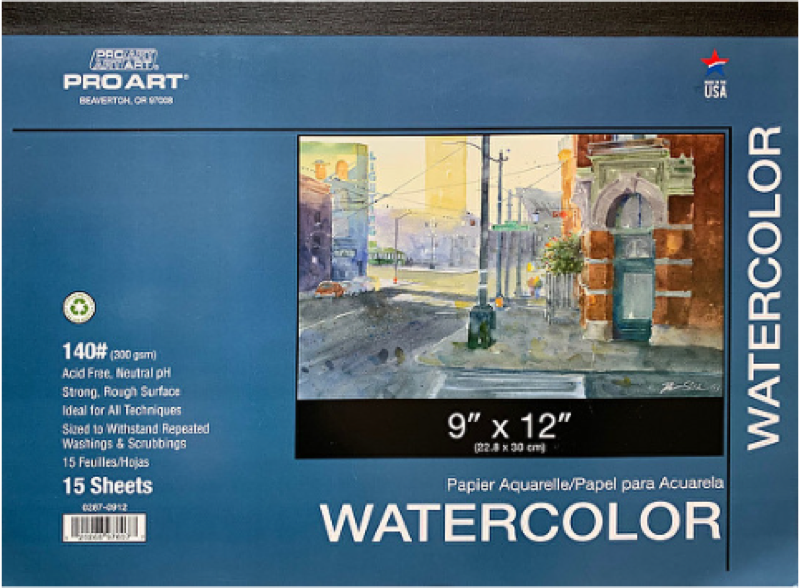
This on the other hand is an example of a good quality paper. 100% cotton, 140 lbs paper. This is clearly indicated.
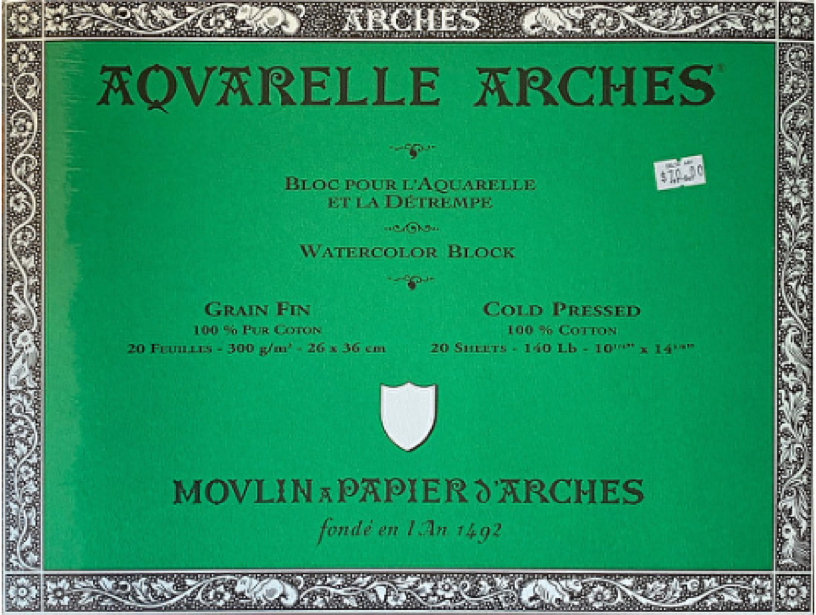
Quality: The highest quality watercolor paper is actually a fabric which is 100% acid free cotton. During the process of painting, the watercolour paint "dyes" the fabric to varying degrees these papers will clearly indicate what they are made of and often have a watermark identifying the make of the paper.
